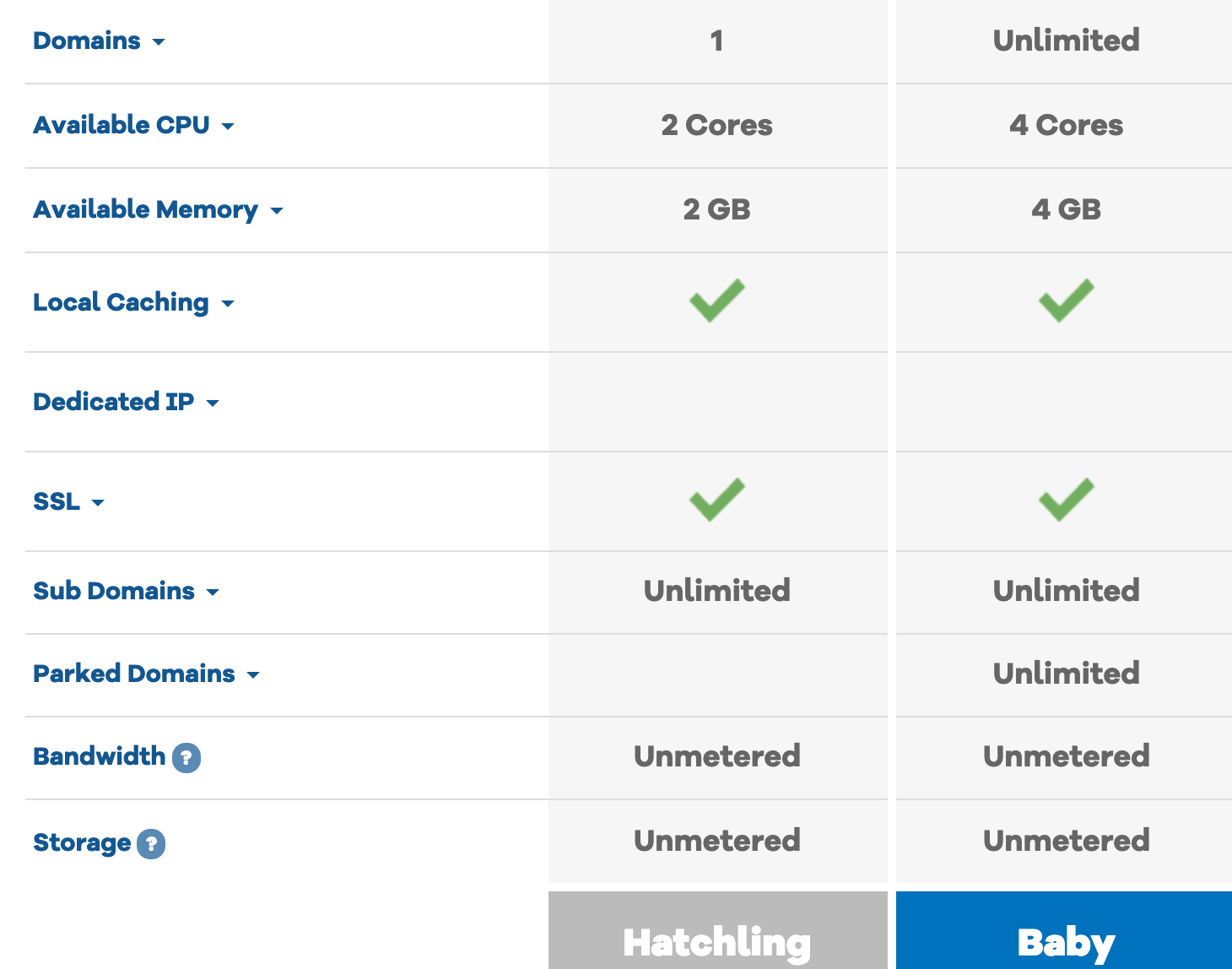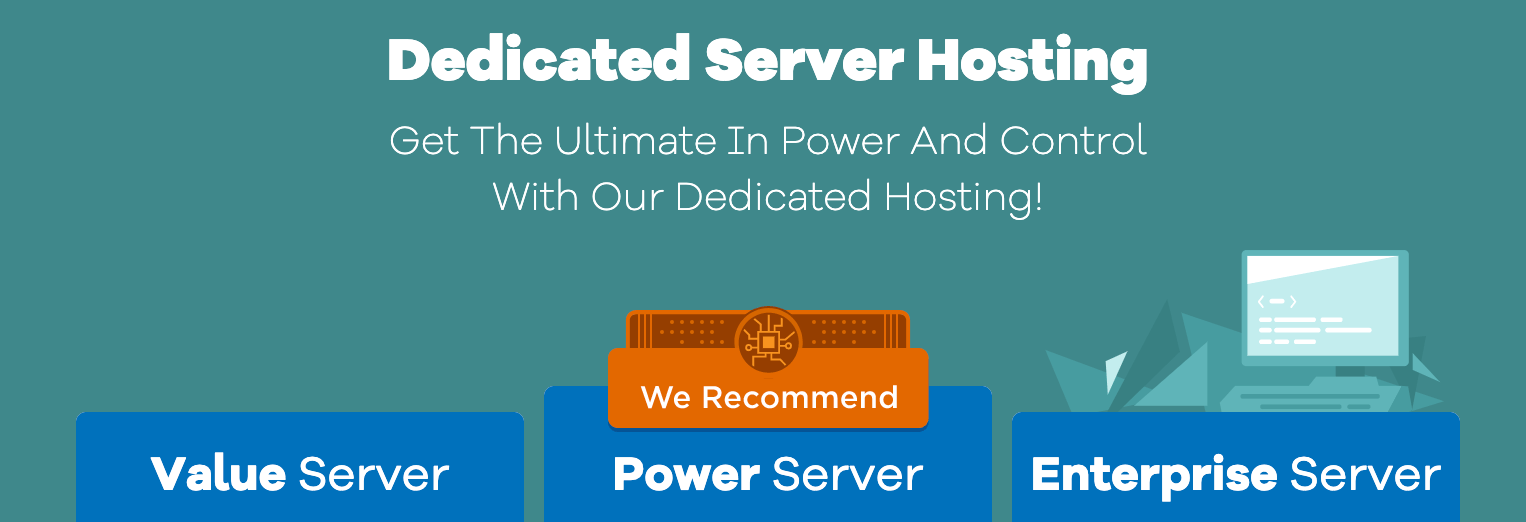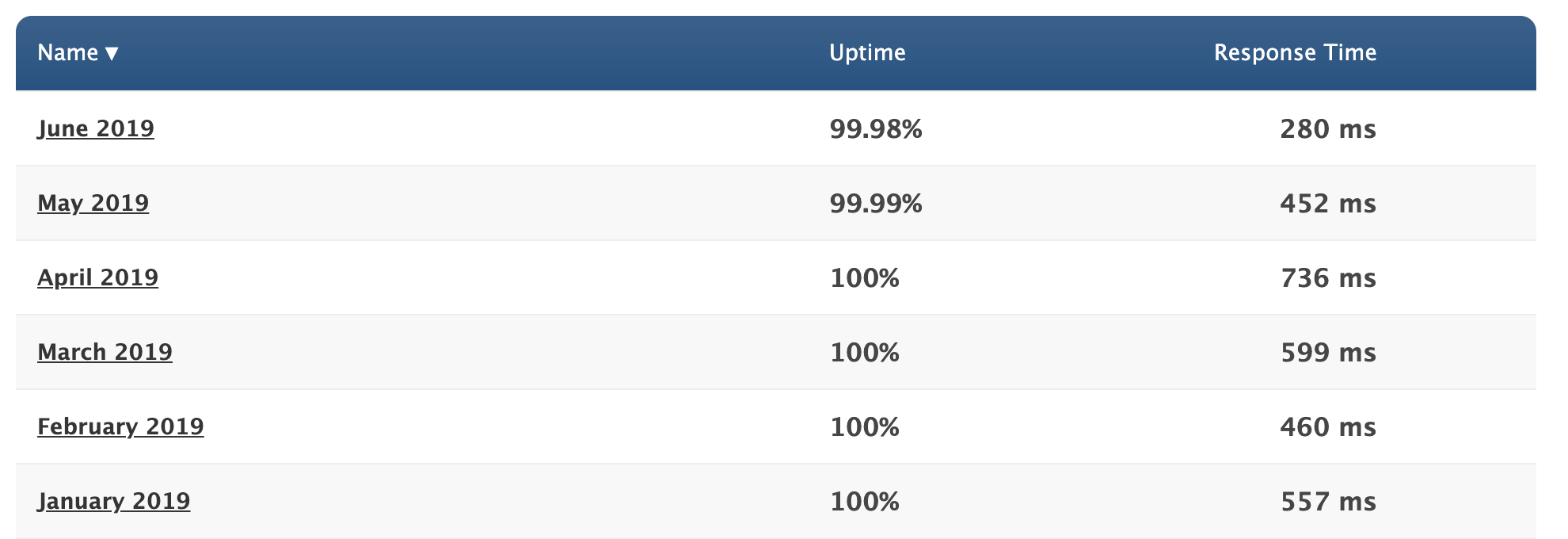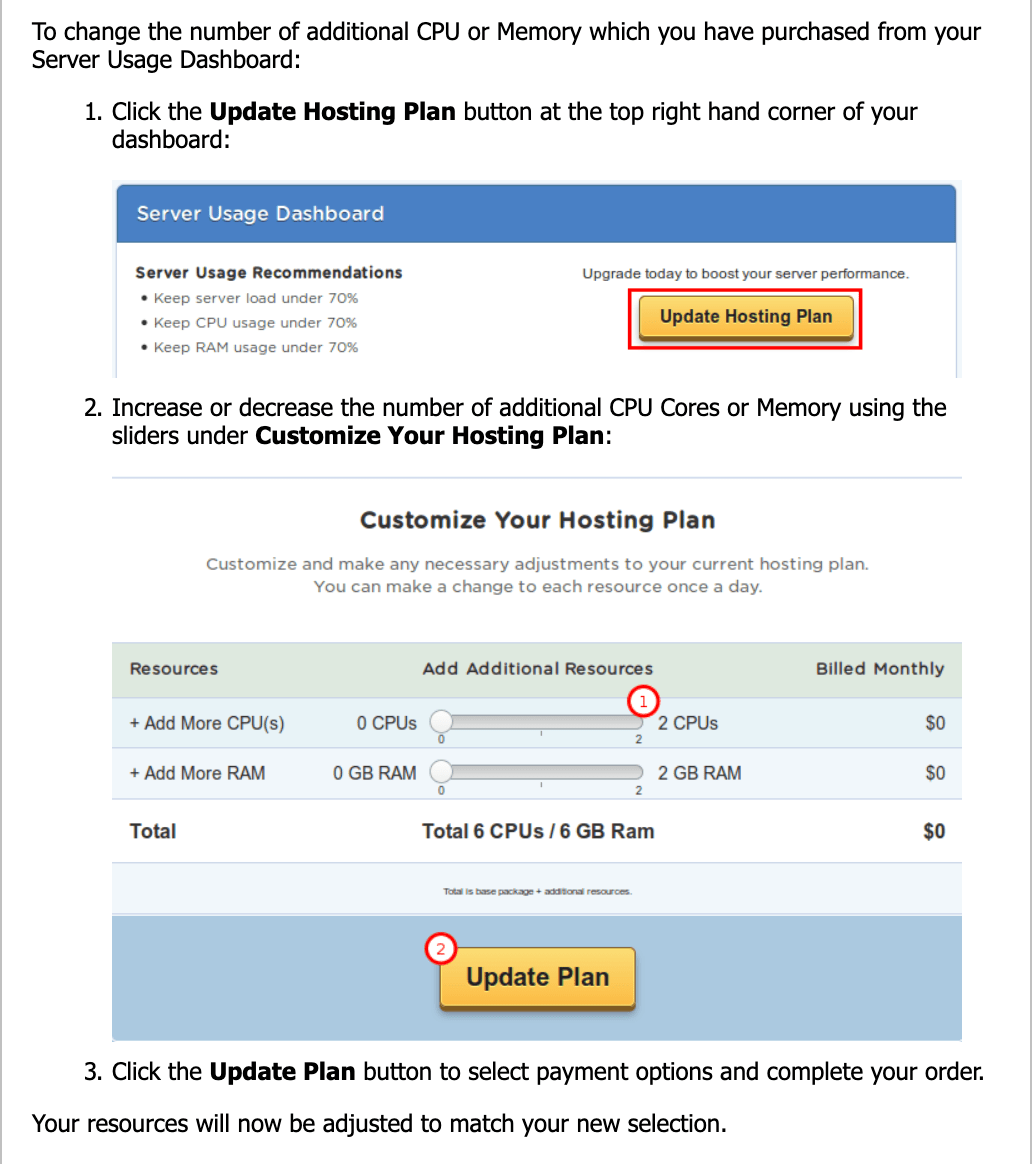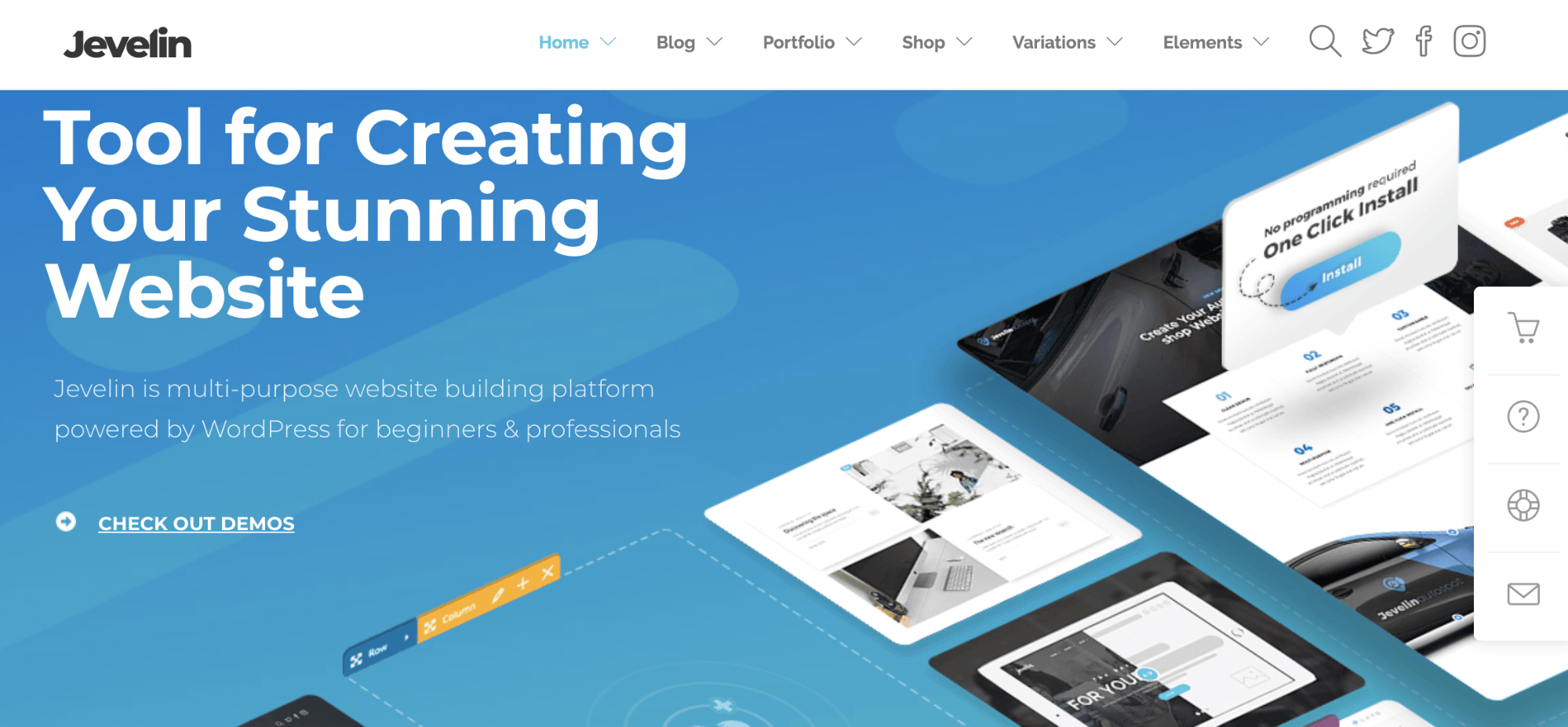The “Books with Impact” series takes a deeper look at specific books that have had a profound impact on my financial, professional, and personal growth by extracting specific points of advice from those books and looking at how I’ve applied them in my life with successful results. The previous entry in this series covered Triggers by Marshall Goldsmith.
You Need a Budget was the first personal finance software package I really fell in love with. I dabbled with Microsoft Money (RIP) and Quicken when I was first turning my finances around, but it was You Need a Budget that really clicked with me when I started using a spreadsheet-based version of the software many years ago, and I still use You Need a Budget 4 (the last standalone version of the software) on occasion when trying to get a clear picture of my finances because I simply love how it handles and displays my financial information.
What drew me to the software more than anything, however, was the philosophy behind it. YNAB wasn’t just a piece of software for tracking your finances; it was designed to help you follow a rather in depth philosophy and program for improving your financial state, something that other major personal finance software packages never really had (and still don’t, for the most part). That philosophy, encapsulated in four simple rules, was the really valuable part of the whole system.
That brings me around to this book. You Need a Budget by Jesse Mecham (the founder of YNAB) is basically the philosophy behind YNAB expanded with details into a short but quite powerful book, a book that I want to dig deep into because of the all-around solid personal finance philosophy and system it contains.
Let’s dive right in.
A New Way to Look at Your Money
The book starts off with an insightful criticism of the traditional form of budgeting, budgeting in which you merely list a lot of categories, come up with spending targets for each category, and then aim for those targets in those categories.
What’s wrong with it? It’s inflexible. You can’t prioritize one budget category over another. It’s inherently predictive, meaning you’re trying to guess what the future holds every time you make a spending target.
The big shift that the YNAB philosophy makes is that it focuses on spending what you have right now, rather than what you project you’ll have going forward, with a particular emphasis on how that money can get you to your goals. In other words, it chops the concept of projecting future income out of budgeting entirely.
The interesting part of this method as opposed to traditional budgeting is that it highlights the scarcity of money, as is nicely described on page 20:
[T]his feeling of scarcity is a good thing. It means you’re seeing your money for what it truly is: a finite resource – and this is a huge part of that mindset shift I talked about. It doesn’t actually matter how much money we have or don’t have. Scarcity is simply that feeling of wishing their were more. This is an important moment. The feeling of scarcity might tempt us to quit, but when we step back and embrace scarcity, we make good decisions.
I found this really interesting because it seems to fly in the face of the idea of an abundance mindset. In many aspects of life, it’s much better to have an “abundance” mindset, meaning that you perceive that the pie is infinite in size so it’s not a big deal to share with others because you’ll still have more than enough for yourself. YNAB centers around the opposite idea, at least for your finances: all you have is this little pool of money.
The argument is that, in terms of your money, the future is abundant and thus very difficult to reasonably budget. The present of your financial situation, however, is scarce – there’s only a limited amount of money and you have to make the most of it that you can.
The advantage of applying a scarcity mindset to your financial state is that it shows you that each dollar is important and everything in your life is vying for each and every dollar because there’s only so much to go around. Much of the justification for splurging comes from an abundance mindset about money – there will always be more money, so why not just spend it now on something unimportant? When you walk away from that mindset and adopt a scarcity mindset for your money, splurging becomes just another competitor alongside things that are likely more important to you.
Because you’re treating every expense and financial goal as a hungry mouth wanting to devour part of that relatively small pool of money you have right now, you have to prioritize. Which of these expenses is the most important right now? If I give $200 to this, what other possible expense has to go without money for now? You begin to feel those little frivolous nickel and dime expenses actually ripping money away from things you know are more important, and that forces you to start thinking about every dollar with seriousness.
Another interesting aspect to this perspective is that it forces you to start taking responsibility for your future now. If you want to have things in the future, you have to put money aside for them now. Taking money away from future savings goals and giving it to something else is effectively saying no to your future goals. If you want that future goal, you have to put your money where your mouth is now. There is no “someday” that will take care of it.
This leads directly into the first “rule” of the YNAB philosophy.
Rule One – Give Every Dollar a Job
It’s simple. From page 33:
Just check your bank account balance and assign a job to every dollar you own. You’re officially budgeting the moment you start doing this, and with every “job” you assign, you’re answering the question: What do I want my money to do for me?
Of course, this starts with figuring out what needs to get done with your money along with what your big goals are. What are the urgent things that have to be covered soon, like your current bills, the rent, your food needs in the next week or so, and so on? What long term things do you want to happen in your life? What fun things do you want to do in the near future – or even a little way down the road? What big bills are coming up?
You want to start with survival. What do you need to make it through the next few weeks with your basic well being intact? You need food, water, shelter, hygiene, and clothes on your back, basically. After that, move onto obligations – electricity, debt payments, garbage removal, and so on. Those are the basics. Those are the needs. Those are the things that, if you don’t handle them, your short term life gets bad quickly. It is vital to separate these things from non-essential habits that you’re treating as necessities. Coffee isn’t a necessity – it’s a non-essential habit. Non-basic foods aren’t a necessity – they’re just something you want because it’s tasty or healthy or whatever. Alcohol? Not a necessity. Filter those things out for now.
You’ll also need to consider longer-term obligations, like upcoming expenses that you know are coming. It’s time to cover a fraction of those things – and cover another fraction each time you get an influx of cash.
After that, it really comes down to your personal priorities, and that’s where you need to start thinking. What is actually a real priority in my life? The nice part about this philosophy is that it’s literally about putting your money where your mouth is. Once you’ve covered survival and obligations, the things you do with your money are up to your personal priorities, and there’s no hiding them here. What you do with your money is your true priority, regardless of what you tell yourself.
The use of each and every dollar you have is an expression of either the basic needs of your life or what your life’s priorities are. Each and every dollar has a “job,” in other words. It’s doing something for you.
My experience has been that the more in line your personal priorities are with the “job” you assign to every dollar in your life, the more peaceful you feel. It’s when you’re not taking care of something that you’re theoretically prioritizing so that you can spend money on something that has a lower priority for you that you run into financial trouble, every time. It’s all about carefully considering what your priorities are.
This does not mean having no fun. However, what it does mean is that things that you spend money that have a comparatively low return in terms of the pleasure they give you should be pretty low on the priority list, below a lot of your long term goals. It’s okay to prioritize a few pleasures that bring you a lot of joy in the short term, but you have to be discerning about it. Some things simply aren’t as big of a deal as others, and those lesser things need to fall rapidly down the priority list.
This becomes very real when you’re looking at the money sitting in your checking account right now and assigning each and every dollar in there a job. Where does each of those dollars go? Doing it well requires some real thought and introspection, and that’s the real value of this system.
Rule Two – Embrace Your True Expenses
The “true expenses” that this chapter is talking about is alluded to a little bit in the previous chapter, but this chapter brings it into focus. It’s not just about making sure the bills are covered each month, but making sure that you’re also taking care of the irregular expenses in your life.
For example, let’s say you know you have an insurance bill for $700 coming due in 7 months, and you get paid twice a month. That means you should probably put $50 out of your current pile of cash aside toward that insurance bill and then do it again every time you have a cash influx so that the insurance bill is easily paid when it comes due.
Those are your true expenses – not just the daily ones or the monthly ones, but the irregular ones that come around once every six months or once a year or whatever. In the YNAB system, those required but infrequent expenses should always be directly gobbling up a little piece of the pool of money you have right now, as well as a piece of every influx of money that comes in (like a paycheck).
There are also things that are unexpected and inevitable, like needing to replace parts on your car or having to repair appliances in your home. It can be very hard to estimate these kinds of things, but following routine maintenance on a 15,000 mile per year car is about $50 per month, and a good annual budget for unexpected home costs is about 1% of your home’s value, so you can break that down, too. Those are pieces that need to come out of the pool of cash you have.
Beyond that, this is how you plan ahead for your big life goals. What slice of the current cash you have available is going to retirement? What about college savings for your kids? Your house down payment?
This obviously requires some planning, and that’s where software can help. The YNAB software is designed to do this very naturally, and it’s why I fell in love with it years ago. You can actually do all of this on a spreadsheet, too, if you’re familiar with Excel or Google Sheets.
Rule Three – Roll with the Punches
Just as it’s impossible to micromanage every second of your time because unexpected events always happen, it’s impossible to micromanage your money because of the unexpected events life deals us. We can have the best money plan in the world, but when something like a job loss or an unexpected family illness or a hailstorm occurs, the best laid plans are torn to shreds.
Unexpected expenses can often mean changing your budget, and changing your budget can feel like failure. It can feel like you didn’t plan for everything and now all of your planning is worthless.
It’s not.
Part of the value of this type of financial planning is that, once it gets going, it becomes very possible to roll with the punches. If a sudden high priority event comes along, you simply take cash designated for lower priority events to handle it. In other words, once you’ve been doing this for a while, your budget becomes something of a living thing, capable of changing and morphing around the unexpected moments of your life.
How does this work? Let’s say you decided you wanted to buy a new television for your family for Christmas and budgeted $1,000 for it. Using the YNAB system, you decide to put aside $50 per paycheck for it starting in February. September rolls around and suddenly the unexpected happens – you have a sudden $500 expense. Guess what? You can handle it. You have the cash set aside to do so.
But what happens to that television plan? Once the urgent thing is paid for, you reprioritize. Do you want to put aside $100 per paycheck until Christmas to cover it, or are there other priorities that you should deal with first? You get to make that choice because of the freedom that YNAB offers you.
The system really centers around prioritizing your expenses, and when an urgent expense comes in with a higher priority, then you can take away money put aside for lower priority expenses (like a $1,000 television for the holidays) to handle it. The key is understanding that you’re really only worried about the pool of money that you actually have in hand and how to use every dollar most effectively. You don’t worry about the next influx of cash until it arrives.
Rule Four – Age Your Money
The real power of this system is that, over time, it moves you to a situation where you don’t need your next paycheck, and given a long enough timeframe, it moves you to a situation where you don’t need any paycheck.
It’s actually quite simple. All you really have to do is over prepare a little for each of those expenses you know are coming so that eventually you’re covering next month’s rent out of this month’s pool of cash because the next rent payment is already covered. Then you’re covering two months in advance, then three.
Let’s say that you’re paid twice a month and your rent is $1,000 a month. If you say that out of every incoming pool of cash, you set aside $600 for rent, you will have next month’s rent covered at the end of the month with $200 left over. Do that again next month and there’s $400 left over. Three months later and you actually have a full month of rent already in the can in advance and you can start preparing for subsequent months.
Mecham refers to this as “aging your money.” You’re effectively using money you brought in two or three months ago to pay your rent now.
If you do that for every bill, a lot of good things start to happen.
For one, you can survive for a while without any influxes of cash. You roll right through a job change without skipping a beat. You get fired? No problem, as long as you can find a job in the next month or two. You have a sudden life emergency? No problem – you can just nibble a bit from the money you have put aside for rent two months from now.
For another, you can start feeling confident investing for really long term stuff. If you have two months of rent checks already covered, you can tone down your $600 twice a month put aside for rent down to $550 or $525, then apply that $50 or $75 twice a month to, say, retirement savings or an extra payment toward paying off a student loan. Think of it this way: you have the money set aside to cover all of your survival needs and obligations for the next two months, so you can start working on covering a month’s worth of survival needs and obligations for yourself when you’re old by contributing to retirement savings. It’s the same thing, just very long term.
For yet another, your money starts to earn money for itself as it is aging. When you only age it for a month or two in savings, it only earns a little bit of interest, but when you age money for 30 years in a retirement account, it earns a ton of return on your money.
For yet another, the more you age your money, the larger your pool of money that you have available to make decisions with. Remember, the YNAB philosophy orients itself around making decisions regarding only the money you have in hand. Thus, the more money you have on hand, the richer your decision making palette and the easier it seems to make room for big long term goals.
So, how do you get there? The book suggests setting a simple goal (page 110):
Set a goal to save what you spend in a typical month. When you hit your goal, budget out the new month with that money. Now your next paycheck can go to the following month. Your money is officially thirty days old.
And how do you get there?
Embrace the sprint. Go on a no-spending spree for as long as you can. Also hustle to bring in extra cash in creative (and legal) ways. Anything you save or earn goes straight to your savings for the next month.
The more you age your money, the better. It not only gives you breathing room, but it also grows your money.
The rest of the book consists of a series of short chapters talking about specific applications of these four rules to specific life situations.
Budgeting as a Couple
Here, Mecham essentially reiterates the core advice that almost everyone gives for couples dealing with money issues, because it’s hands-down the best advice and the one thing that works: communicate. You’ve got to talk about your money situation together, openly, with minimal emotion, and with a genuine intent to put you both in the best life possible.
The main focus of the chapter is on the idea of a monthly “money date,” where you sit down with your partner and fully go through your finances and budget, setting priorities together for the next month. Together is important here; there’s almost no better way for this to fall apart than for one partner to just dictate the financial rules to the other one.
One important part of “couples budgeting” is to recognize that you both need a bit of personal fun money. There has to be some breathing room in the budget for each of you to pursue your own interests or else there will be backlash against the whole idea, especially from the person less committed to the concept, so this should be a fairly high priority item. Now, if that person decides to use that personal fun money of theirs buying soft drinks at the convenience store, that’s their call.
Slaying Debt, Whatever Your Situation
How does debt repayment work into all of this?
First of all, accruing more debt should be pretty much entirely off the table if you’re using this philosophy. That includes credit card debt. The only time you might consider debt once you get this whole strategy rolling is something like a home loan or possibly a student loan, but consumer debt should be almost entirely avoided because you’re planning ahead for expenses now and sticking with just the pool of money you actually have in hand for your spending.
As for repayment of the debt you already have, the best strategy is to treat your basic payment as an obligation and treat an extra payment as a fairly high priority but non-essential item that you want to throw some money to each time money comes into your accounts. So, you make sure your minimum is covered, and then you put some significant priority to allotting some cash for an extra payment on that debt.
Teaching Your Kids to Budget
Mecham advocates giving children an allowance and using that as a basis for teaching basic money management skills when they reach middle and upper elementary and middle school. He advocates giving them one or two required commitments for portions of their allowance and then complete freedom in terms of the rest of it.
The one or two required commitments for a portion of their allowance – things like saving for college or giving to charity – are basically a microcosm of YNAB. If you talk about the philosophy behind this a little and then talk about how they can use the idea to take a portion of their weekly allowance and put it aside for bigger goals (like, say, a new game for their Nintendo Switch or a bunch of new canvases for painting), they’ll often come around to it on their own.
Even better, if you establish this kind of pattern early on in their life, they’re more likely to draw on that type of thinking later in life to build their own path to financial independence from you and financial success on their own.
When You Feel Like Quitting
This last section discusses a lot of reasons why people quit budgeting: they don’t leave themselves any breathing room, they set unrealistically low spending targets for things like household supplies or food, they assume that they can rapidly and permanently change a lot of their routines and habits, they demand too much too soon, and so on.
The key to sticking with a financial change, no matter what it is, is to accept that things won’t always go perfectly and it’s okay to be imperfect. What you’re looking for more than anything is to be a little better today than you were yesterday and to gradually move towards where you want to be while recognizing that steps backward are normal and aren’t a terrible sign of failure.
If you feel like quitting or feel like a failure, look at the progress you’ve made so far and feel good about it, then refactor your plans. What parts work well? Keep those. Which parts don’t work well? Ditch them or try new versions of them. No one has a perfect plan the first time they try.
A Brief Note About the Software
Although my focus here was writing about the book You Need a Budget, I felt it appropriate to make some references to the software package You Need a Budget a few times, and rather than reiterating my thoughts on the software package, I thought I’d summarize my thoughts in one place near the end.
Several years ago, YNAB version 4 was hands down my favorite piece of personal finance software. In fact, I still use that exact version at home because of how well it embodies the philosophy spelled out in this book, a philosophy I strongly agree with in most ways.
However, several years ago, YNAB chose to discontinue their standalone version 4 software and instead moved to a subscription-based software package. While I have no objection to the concept of software as service, I didn’t migrate to the subscription based version because, well, I still use my old version 4 software. I did do a trial of the subscription-based version, but I was pretty happy with my old software for a number of reasons (it does what I want, for one, and it also keeps all of my data local rather than in the cloud) and I’ll stick with it as long as it still runs.
So, if it seemed like I often stopped short of a full-throated endorsement of the software in its current form, that’s why. I don’t actually use the current form. Having said that, the current form of the software is a really well executed embodiment of the principles described in that book and cloud software is mature enough that I would feel safe putting information into the software that didn’t directly reveal my identity. It is the best budgeting software around today.
Final Thoughts
This book is a great readable explanation of the You Need a Budget philosophy and how to apply it to one’s own finances. This philosophy – and the accompanying software – was a vital part of my own financial turnaround, particularly during the period when we were finishing up paying off our consumer debt and considering buying a home and then figuring out how to handle expenses with multiple children. I still use the principles of the system, and I still occasionally use the software, though much of our financial organization is automated at this point. (In fact, the automation itself is a lot like You Need a Budget, as the automation just moves a lot of our income off to various pools and accounts for specific purposes.)
If you know of someone just trying to get a grip on managing their own money and getting a little ahead of the paycheck to paycheck life while building a foundation of money principles that can really grow with them as they get more and more ahead financially, this is a great book for them. The material might seem overly straightforward for someone who is already in a great financial place, but roughly 80% of Americans live paycheck to paycheck and quite a few of them want a path out of that life, and this book’s a great starting point for them.
The post Books with Impact: You Need a Budget appeared first on The Simple Dollar.

Source The Simple Dollar https://ift.tt/2YmJYmP


